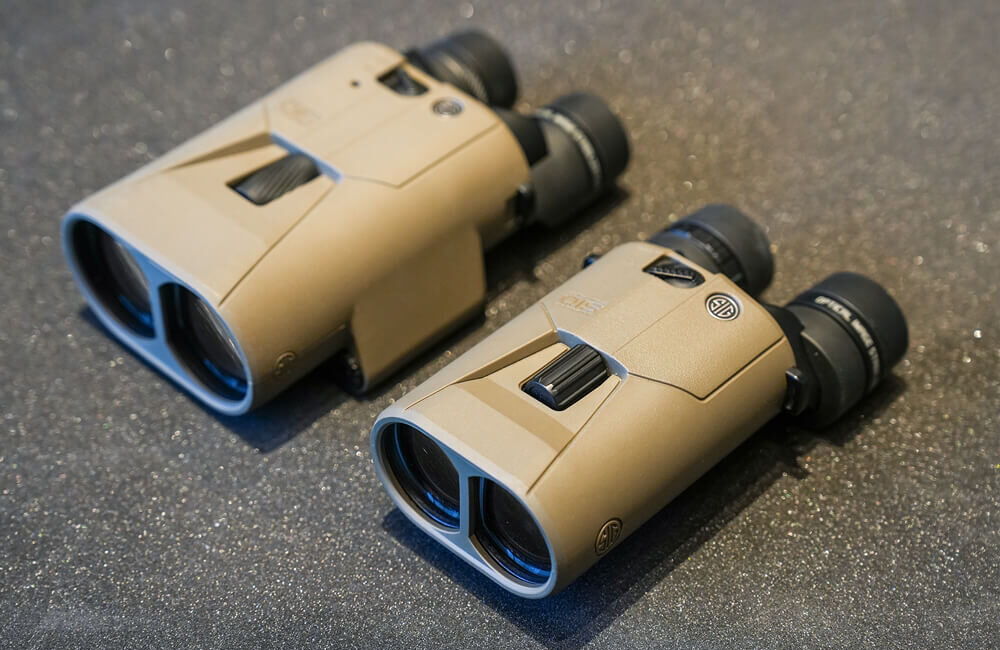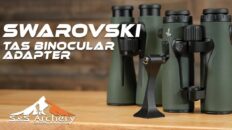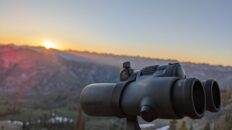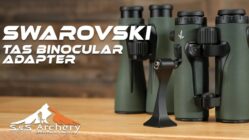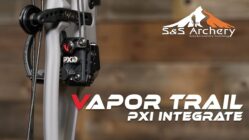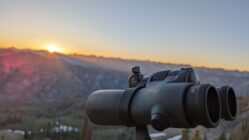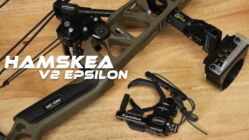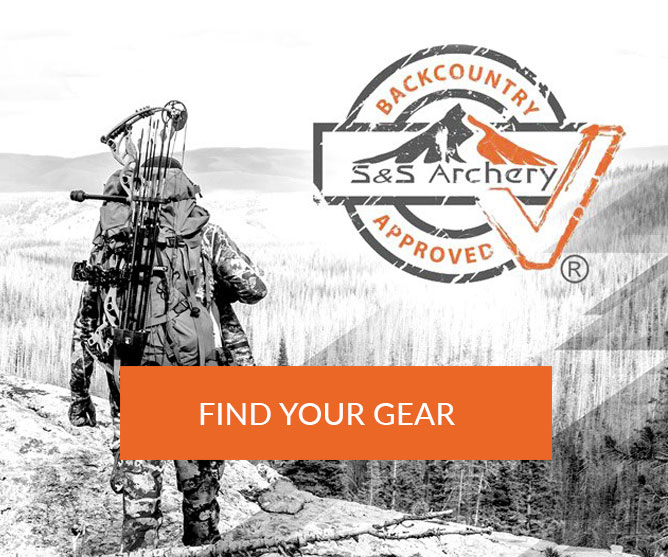With the introduction of SIG SAUER’s Zulu6 HDX Image-Stabilized Binoculars, the game has changed for backcountry hunters. For those who want to cut down on weight and bulk without sacrificing stability, the Zulu 6 series delivers, providing rock-steady views without the need for a tripod. After rigorous testing in a variety of hunting conditions, here’s how the Zulu 6 stacks up and why it’s quickly becoming a must-have tool in the field.

A Game Changer for Hunters on the Move
For hunters who are always on the move, the Zulu 6 HDX binoculars are a perfect fit. Whether you’re navigating dense timber or glassing wide-open spaces, these binoculars excel thanks to their image stabilization technology. The built-in stabilization means you can get tripod-like steadiness with just one hand, making it ideal for quick glassing situations where setting up a tripod isn’t practical. From the 10x to the 20x model, the stabilization holds strong, delivering steady, clear images even in shaky conditions.

This is a massive benefit for backcountry hunters looking to save weight. No more hauling around a tripod—just grab your Zulu 6, and you’re ready to go. For run-and-gun hunters, this is a no-brainer.
Two Stabilization Modes for Versatility
The Zulu 6 HDX features two stabilization modes: Scan Mode and Target Mode. In Scan Mode, you can pan across landscapes with zero lag, making it perfect for quickly covering large areas. When you flip to Target Mode, you get an additional 40% stabilization, which is ideal for locking onto targets or steadying your view when fine-tuning your shot.


These stabilization options make the Zulu 6 incredibly versatile for different hunting environments, from the thick forests of elk country to the wide-open tundra on a caribou hunt.
Real-World Field Testing
Our field testing with the Zulu 6 HDX binoculars took us from glassing Sitka Blacktails on Kodiak Island to moose hunts in Alaska. In each scenario, the Zulu 6 binoculars proved invaluable. The ability to quickly stabilize your view without setting up a tripod allowed us to keep our eyes on moving animals without losing time. For example, on a recent moose hunt, the Zulu 6 helped us field-judge legal moose through thick alder brush. The stabilization kept the view steady even when there wasn’t time to set up a tripod.

That said, while the image stabilization is remarkable, the optical quality isn’t on par with high-end glass like Swarovski or Leica. In low-light conditions, the Zulu 6 struggles a bit, offering 20-30 minutes less viewing time compared to premium options. Additionally, the field of view is narrower, which can limit your scanning ability in vast, open country.

The New HDX PRO: Even Better Performance
Enter the Zulu 6 HDX PRO, which takes image stabilization to the next level. Featuring OmniScan™ OIS Technology, the PRO model uses a digital accelerometer to fine-tune stabilization based on your movements. This means smoother, more responsive performance, especially for quick panning and target acquisition. Unlike the HDX, which has two stabilization modes, the PRO offers a single, enhanced mode that eliminates the lag found in Target Mode.
The new PRO models come in 14x50mm, 16x50mm, and 18x50mm options, offering slightly better low-light performance thanks to new lens coatings. However, the larger body size and heavier weight may require adjustments to your setup—these binoculars take up more space and need a bigger harness for chest carry.

Is the HDX PRO Worth the Extra $500?
For hunters looking for the best stabilization technology available, the PRO is worth the investment. The smooth, responsive stabilization, paired with quick target acquisition, makes the PRO a powerful tool. However, if you prefer a more compact, one-handed option, the HDX model might still be the better choice.
For those who demand top-tier image stabilization in the field, the PRO delivers. But if you’re balancing performance with packability, the HDX offers great value.

Final Thoughts: A Must-Have for Backcountry Hunters
After using the Zulu 6 binoculars on various hunts, one thing is clear: their image stabilization technology is a game-changer. While they may not match the optical clarity of high-end binoculars like Swarovski, their portability and convenience make them a valuable addition to any hunter’s gear. Whether you’re glassing a distant ridge or field-judging game in dense brush, the Zulu 6 will keep your view steady, no tripod required.
For now, the Zulu 6 remains a critical piece of gear for backcountry hunters. As soon as someone combines this level of image stabilization with high-end glass, we’ll have the ultimate hunting optics. But until then, SIG SAUER’s Zulu 6 HDX and HDX PRO binoculars are a solid investment for hunters who value mobility and steadiness in the field.
For more information on the SIG SAUER Zulu 6 series, check them out at S&S Archery, where you can find expert advice and free shipping.

